Airlines are struggling to contain the damage as Boeing 737 Max remains on the ground for more than six months.
This is not the only problem for airlines around the world. Recently, they received another bad news connected with 737 Max. On January 7, Boeing recommended using a simulator. However, the company did not specify what type of simulators airlines should use for training.
According to the statement, 737 Max pilots should undergo training in a 737 Max simulator, before they are allowed to fly this aircraft.
It is a severe challenge for the airlines; one of the main advantages of the 737 Max became another problem for the aviation industry. Airlines considered this plane relatively easy to maintain as there was no need to use flight simulators.
It was a win-win situation for airlines as well as Boeing. Companies saved money as they did not have to retrain the pilots.
The situation is quite difficult due to the lack of simulators. Based on the information, two companies CAE Inc and Textron Inc’s simulator and training division TRU produced 34 simulators. This is a big problem for the companies as they have to find simulators that are certified by the regulators. The limited amount of 737 Max simulators makes this task very hard to complete in the upcoming months.
As a result, it will take longer to start using Boeing 737 Max as thousands of pilots should have to spend time on these simulators.
Boeing 737 Max and financial challenges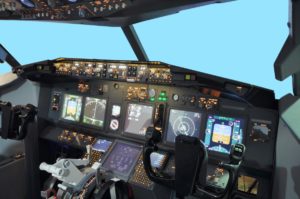
In this situation, one of the options is to use simulators that belong to other airlines. Many airlines that operate 737 Max airlines did not order the simulators. They decided to rely on the older 737 NG simulators. These planes are very similar.
According to Boeing, it does not expect to win approval for returning the 737 Max to service until mid-year. Regulators are working on new pilot training requirements.
Thus, airlines should retrain their pilots by that time, or they will have to face additional financial problems.
Another option is to allocate funds for 737 Max simulators. The price of one simulator can reach up to C$20 million. Moreover, many airlines need more than one simulator as they have thousands of pilots who should undergo training.
Airlines that invested in simulators can make money by allowing other companies to use their equipment. Fiji Airways spent more than $10 million to buy a 737 Max simulator. This way, it was possible to save on the costs and lost productivity of sending pilots to Singapore, Australia, and the United States to acquire necessary skills.
Currently, Fiji Airways is using its simulator 35% to 42% of the available hours. The company plans to sell additional time. Potential clients already contacted the carrier.
U.S. airlines such as Southwest Airlines Co are facing even bigger problems as they have to retrain roughly 10,000 737 pilots on the Max. However, regulators have to approve a training package before airlines are able to launch this process.

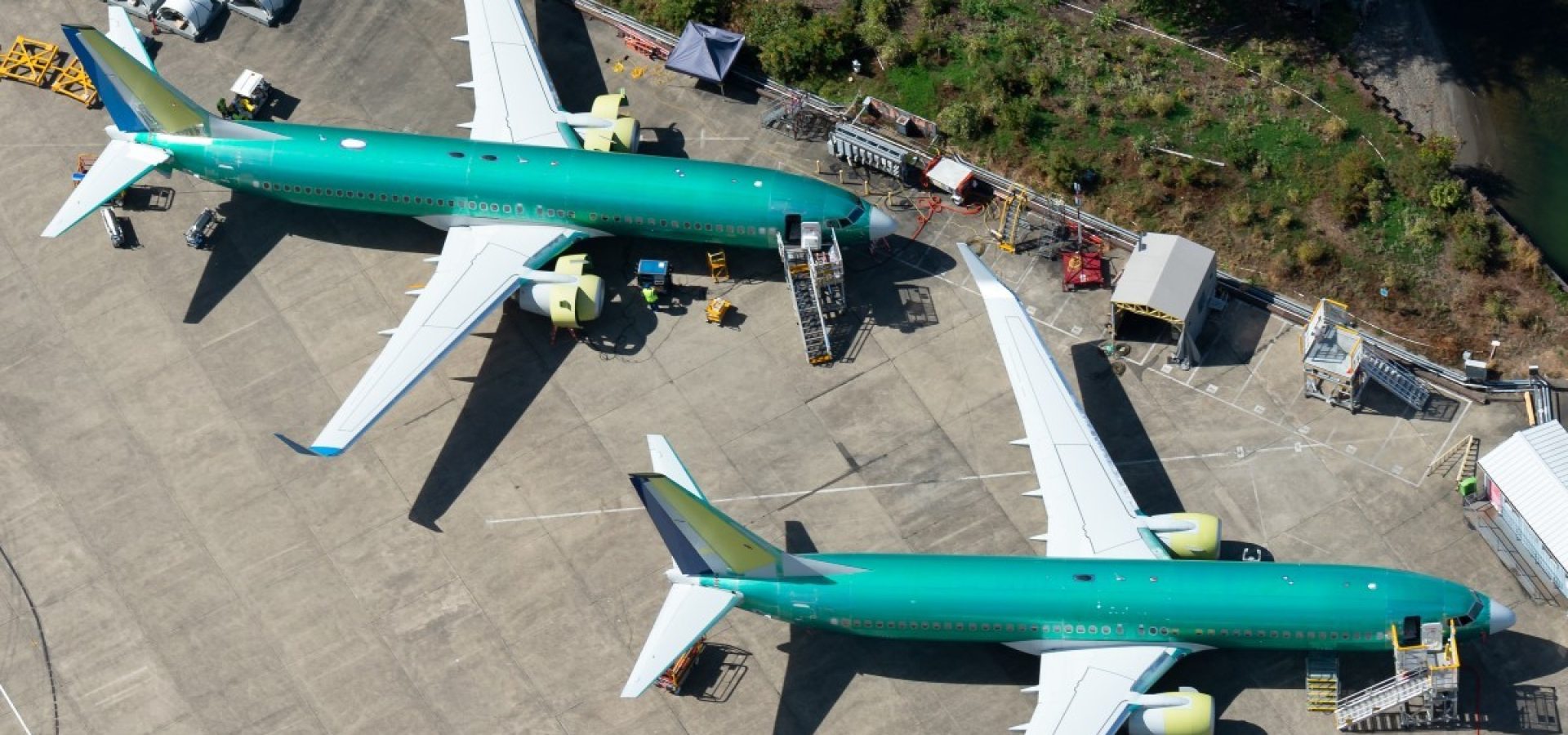
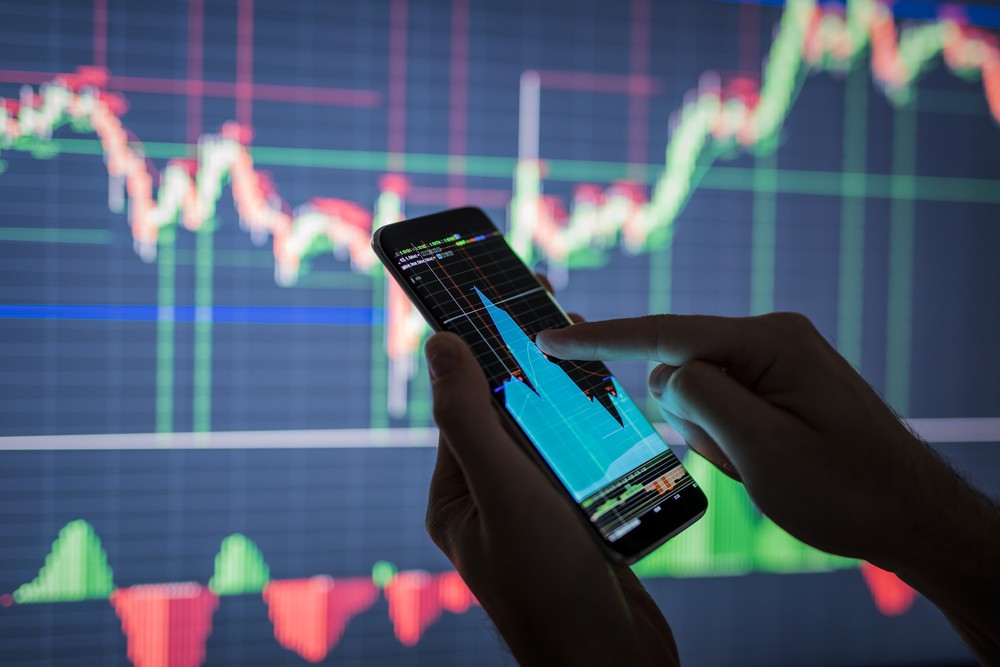

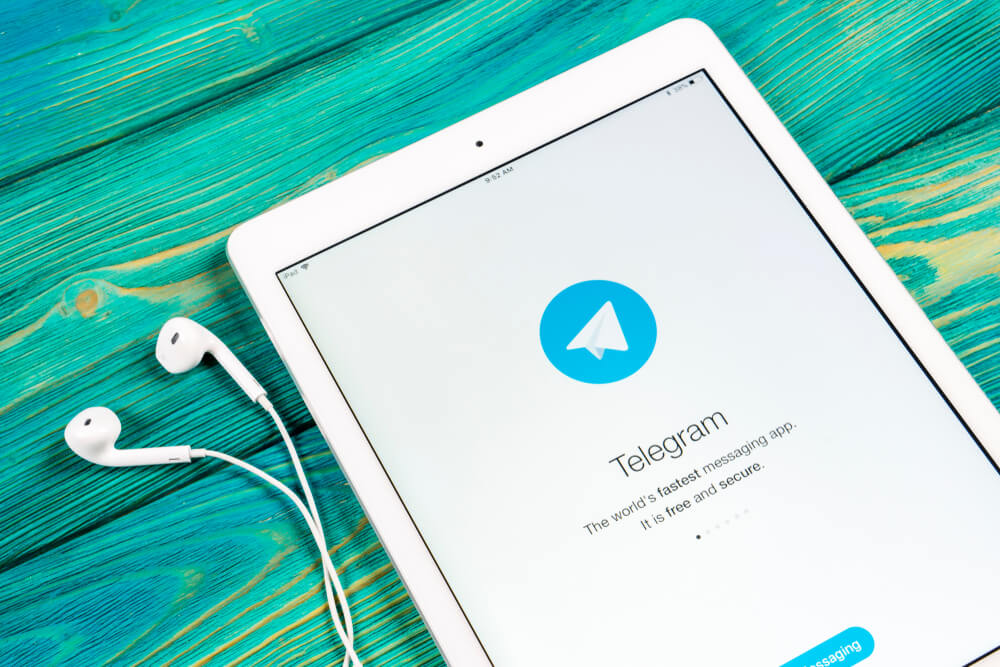


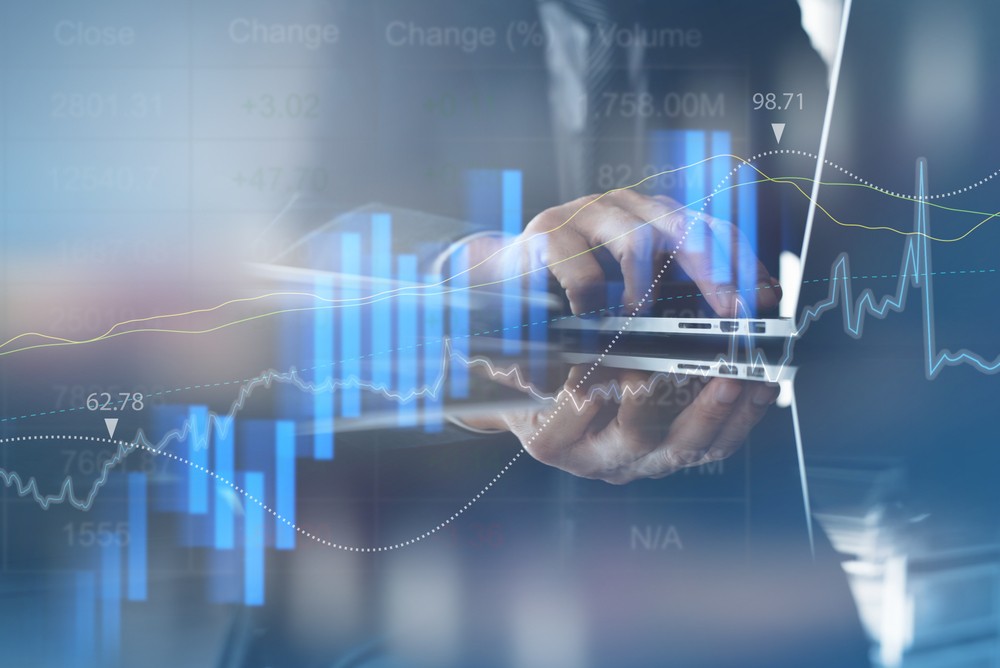

COMMENTS